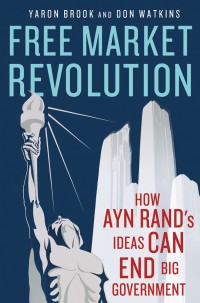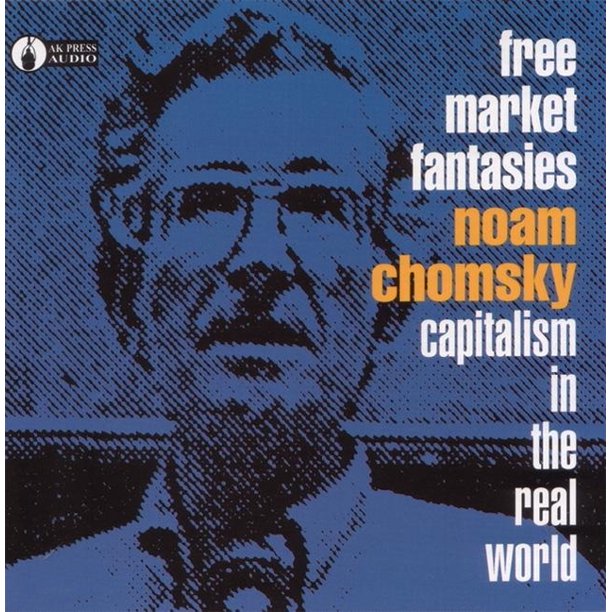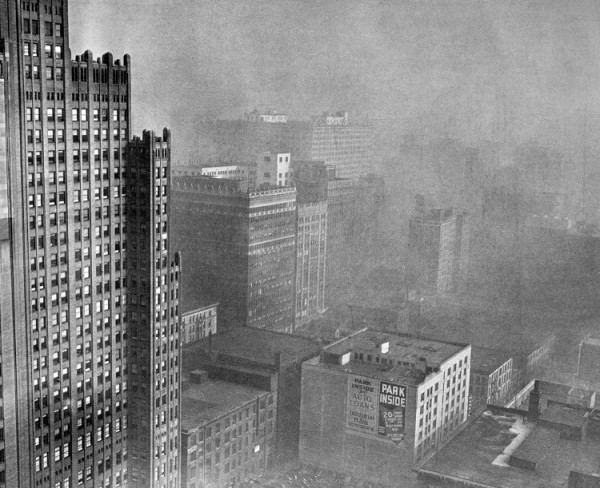Downtown Pittsburgh, midday, circa 1940 via HISTORIC PITTSBURGH
TAKEPART: Beginning in the early 1800s, air pollution produced by Pittsburgh’s coal-burning industries was a marked problem for the city’s residents. It wasn’t until after World War II, however, that anything significant was done about it. By that time, Pittsburgh was buried in a low-level cloud of smoke that blackened its skies, frequently forcing the use of street lanterns even in midday. In 1946, a grassroots lobbying effort prompted the enforcement of the city’s first effective anti-pollution legislation, limiting the output of the locomotive and steel industries, in addition to the pollution caused by residents. As a result of that legislation and a countywide ordinance that came shortly after, Pittsburgh today bears little resemblance to these photos. MORE
HISTORIC PITTSBURGH: Finally, in 1941 an effective smoke control ordinance was passed in the city of Pittsburgh.  Unfortunately, the onset of World War II delayed the enactment of the legislation until 1946. Smoke control was not forgotten during the intervening years, however. Immediately after the end of the war, lobbying began as a grassroots effort among citizens. The United Smoke Council was a major contributor, creating and disseminating pamphlets and mailings to the people of Pittsburgh explaining the changes that would need to be made. The legislation mainly targeted coal burned by locomotives, the steel industry, and individual citizens.
Unfortunately, the onset of World War II delayed the enactment of the legislation until 1946. Smoke control was not forgotten during the intervening years, however. Immediately after the end of the war, lobbying began as a grassroots effort among citizens. The United Smoke Council was a major contributor, creating and disseminating pamphlets and mailings to the people of Pittsburgh explaining the changes that would need to be made. The legislation mainly targeted coal burned by locomotives, the steel industry, and individual citizens.
The idea of increased costs for a necessity like heat during Pittsburgh’s cold winters was surprisingly well-received. People were willing to pay for clean air, and the improved efficiency of clean-burning furnaces actually made the net cost of heat about the same as before. A county-wide ordinance was passed in Allegheny County in 1949, after the deadly Donora Fog blanketed a five-state area for five days in 1948. Allegheny County took over both the county and city programs in 1957 and formed the Bureau of Air Pollution Control, a division of the Allegheny County Health Department. Smoke had come to be regarded as a health issue rather than an industrial problem. The program was such a success that the U.S. State Department made a motion picture documenting Pittsburgh’s cleanup for showing in London; the film became an international standard, eventually being translated into French, Italian, Japanese, and Spanish. MORE
SALON: It’s one of the oldest right-wing claims: “Excessive” regulation will harm job creators and kill the economy. But is it based on sound economics? One new study, which examines this particular argument, finds it absurd on its face. Taylor Lincoln, who authored the report for Public Citizen, tells Salon the goal was to “point out hypocrisy and contradictions and the chasms between rhetoric and reality.” To that end, the report cites one Heritage Foundation study which asserted that a more efficient regulatory system could create 9.6 million jobs. The problem, as Washington Post columnist Steven Pearlstein noted: “there are only 7 million unemployed Americans.” […]
Dr. Thomas McGarity, a University of Texas professor who has studied regulation for decades, finds the right-wing argument wanting. As towhether cutting regulation could increase economic growth, he tells Salon, “it’s a silly argument. The impact of regulation, particularly in this era when it’s so darn hard to write a regulation, is nothing compared to what the Fed does each meeting.” His most recent book, Freedom to Harm, details how a decade-long assault on regulation threatens workers and the environment.
In fact, the OMB estimates that regulations provide huge economic benefits. They find that major regulations benefit the economy between $193 billion and $800 billion a year at a cost of $57 to $84 billion. […] The irony is that Republicans always hail the ability of businesses to innovate and adapt, but their anti-regulatory stance is premised on the idea the businesses cannot adapt to new regulation. MORE

